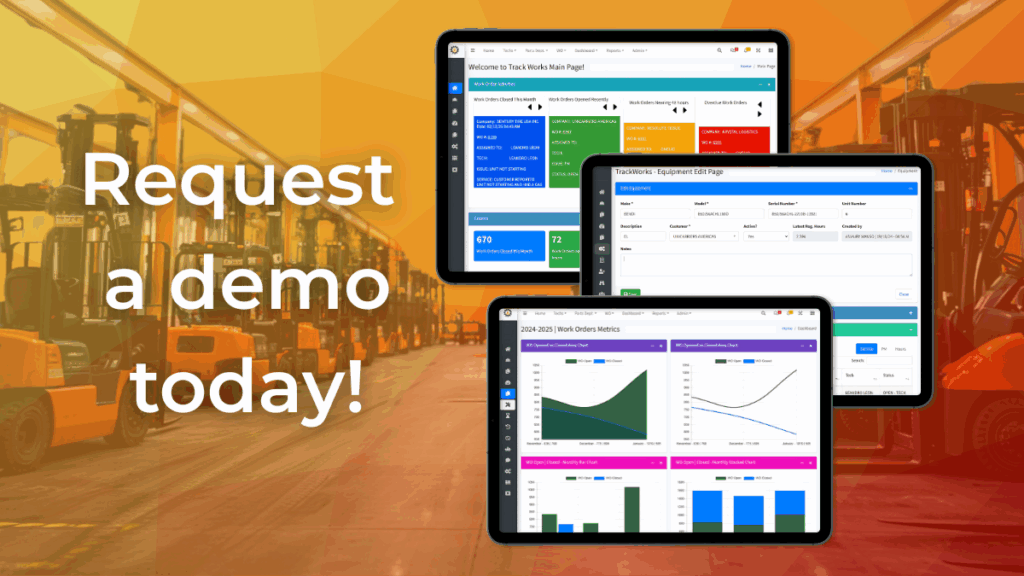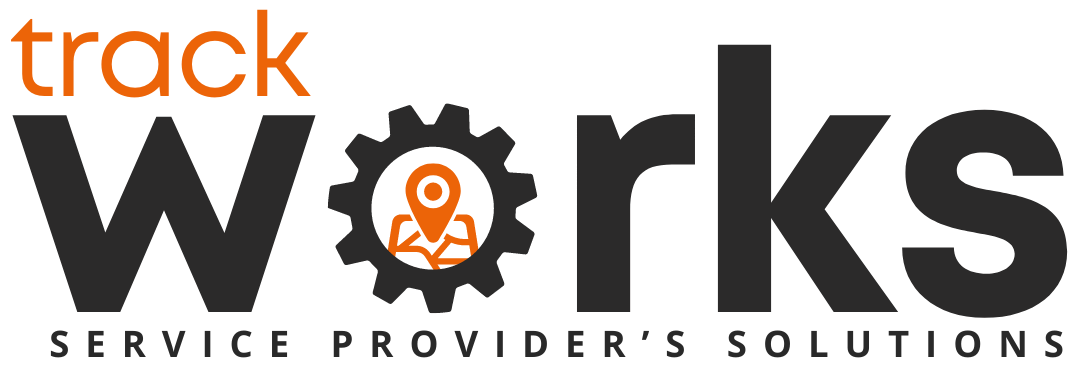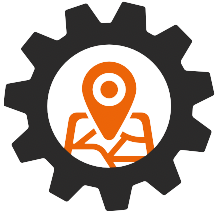From Guesswork to Growth: Building a Data-Driven Scheduling Strategy in Field Service
Introduction
For field service companies, scheduling isn’t just about filling up a calendar—it’s the heartbeat of the business. A poorly planned schedule means longer travel times, frustrated technicians, missed appointments, and unhappy customers. On the other hand, a smart scheduling strategy can transform operations, boosting efficiency and profits while keeping customers loyal.
The difference between the two comes down to one word: data. Moving from gut-feel scheduling to data-driven scheduling helps you make smarter decisions that improve performance at every level. In this post, we’ll explore what data-driven scheduling really means, the key metrics you should track, and how to turn insights into results.
1. What Makes Scheduling Data-Driven?
Traditional scheduling often relies on guesswork or “what’s worked before.” Dispatchers may assign jobs based on availability, seniority, or even habit. While this may keep the day moving, it doesn’t necessarily optimize resources.
Data-driven scheduling, in contrast, uses measurable factors—like travel time, job duration, technician skill sets, and customer preferences—to assign jobs in a way that maximizes efficiency and outcomes.
This approach turns scheduling from a reactive task into a proactive strategy.
2. Key Data Points to Track
To build a strong scheduling strategy, start by collecting and analyzing the right data. Some of the most impactful metrics include:
- Travel Time and Distance
How long does it actually take technicians to get from job to job? Reducing unnecessary travel can save hours each week. - Job Completion Time (Estimated vs. Actual)
Comparing planned vs. real job durations highlights where estimates need adjusting and where bottlenecks occur. - Technician Performance Metrics
Metrics like first-time fix rate (FTFR), utilization, and overtime provide insight into which technicians are most efficient at certain types of jobs. - Customer Preferences & SLAs
Tracking customer scheduling preferences and service-level agreements ensures appointments meet expectations. - Seasonal Demand Fluctuations
Data from previous years helps forecast busy periods (like summer for HVAC or winter for plumbing) so you can staff and schedule accordingly.
3. Turning Data into Better Schedules
Collecting numbers isn’t enough—the real value comes from putting insights into action. Here’s how:
- Optimize Routes with Real Travel Data
Instead of relying on static maps, use actual travel patterns and traffic data to reduce drive time. - Match Jobs to Technician Strengths
Assign complex jobs to your most skilled technicians and routine tasks to newer staff. This increases FTFR and customer satisfaction. - Forecast Workloads with Seasonal Trends
Use historical data to prepare for peak seasons—hiring temporary staff or adjusting schedules before demand spikes. - Balance Urgent vs. Routine Jobs
Data shows which emergencies truly need immediate attention vs. those that can be scheduled without hurting customer satisfaction.
4. Case Example: A Real Impact
Imagine a plumbing company with 15 technicians. Before adopting data-driven scheduling, each technician averages 2.5 jobs per day with nearly 2 hours of drive time.
After analyzing travel patterns, technician strengths, and average job times, the company makes these changes:
- Routes are optimized to cut 20 minutes of travel per tech per day.
- Complex jobs are routed to the technicians with the highest FTFR.
- Seasonal demand data allows better staffing in peak winter months.
The results:
- Jobs per day increase from 2.5 to 3.
- Travel time reduced by 10%.
- Customer complaints drop by 25%.
Over a year, this translates to hundreds of additional jobs and significant revenue growth—all from smarter scheduling.
5. Common Pitfalls to Avoid
Not every attempt at data-driven scheduling succeeds. Watch out for these missteps:
- Collecting data but not analyzing it. Numbers only matter if you use them.
- Ignoring technician feedback. Data provides insight, but techs provide context—listen to both.
- Over-relying on averages. Flexibility matters; not every job fits the “typical” mold.
- Focusing only on cost. Customer satisfaction and employee morale are just as important.
6. How Track Works Helps Build Data-Driven Scheduling
Track Works makes it easy to move from guesswork to strategy by giving you the tools and insights you need:
- Real-Time Scheduling Dashboard
Dispatchers see the full picture—jobs, technicians, and availability—in one place. - Automated Route Optimization
Built-in GPS tracking helps reduce travel time and fuel costs. - Performance Reporting
Monitor FTFR, job duration, and utilization to assign the right jobs to the right people. - Historical Data for Forecasting
Use past performance to prepare for busy seasons and allocate resources ahead of time.
With Track Works, scheduling becomes more than assigning jobs—it becomes a growth strategy.
Conclusion
Scheduling isn’t just about keeping the calendar full—it’s about using data to work smarter, reduce costs, and delight customers. By tracking the right metrics and applying insights, field service companies can transform scheduling from a daily challenge into a competitive advantage.
With Track Works, you don’t just schedule jobs—you build a data-driven system that fuels growth.




No responses yet